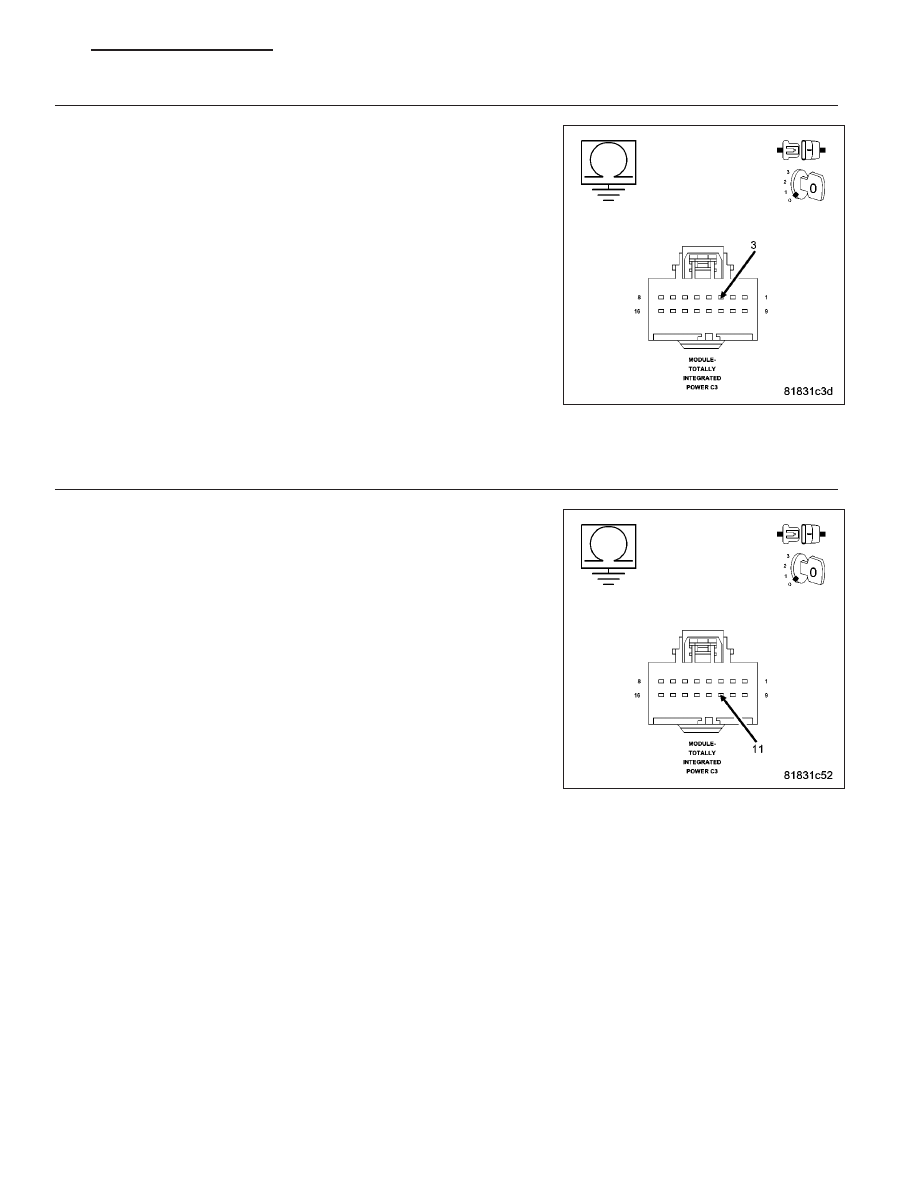Dodge Caliber. Manual - part 226

7.
(D55) CAN B BUS (+) CIRCUIT FOR A SHORT TO GROUND
Turn the ignition off.
Disconnect the TIPM C3 harness connector.
Measure the resistance between ground and the (D55) CAN B Bus (+)
circuit.
Is the resistance above 1000.0 ohms?
Yes
>> Go To 8
No
>> Disconnect each CAN B Bus module one at a time while
observing the resistance to determine if the short is caused
by an internal short within a module. Replace the module, in
accordance with the service information, that when discon-
nected eliminates the short to ground. If the short condition
is still present with all CAN B Bus modules disconnected
use the Wiring Diagrams to help isolate and repair the
(D55) CAN B Bus (+) circuit for a short to ground.
Perform the BODY VERIFICATION TEST – VER 1. (Refer
to 8 - ELECTRICAL/ELECTRONIC CONTROL MODULES -
STANDARD PROCEDURE).
8.
(D54) CAN B BUS (-) CIRCUIT FOR A SHORT TO GROUND
Measure the resistance between ground and the (D54) CAN B Bus (-)
circuit.
Is the resistance above 1000.0 ohms?
Yes
>> Inspect the wiring and connectors for damage. If ok, replace
and program the Totally Integrated Power Module in accor-
dance with the service information. Perform the BODY
VERIFICATION TEST – VER 1. (Refer to 8 - ELECTRICAL/
ELECTRONIC CONTROL MODULES - STANDARD PRO-
CEDURE).
No
>> Disconnect each CAN B Bus module one at a time while
observing the resistance to determine if the short is caused
by an internal short within a module. Replace the module, in
accordance with the service information, that when discon-
nected eliminates the short to ground. If the short condition
is still present with all CAN B Bus modules disconnected
use the Wiring Diagrams to help isolate and repair the
(D54) CAN B Bus (-) circuit for a short to ground.
Perform the BODY VERIFICATION TEST – VER 1. (Refer to 8 - ELECTRICAL/ELECTRONIC CON-
TROL MODULES - STANDARD PROCEDURE).
PM
ELECTRONIC CONTROL MODULES - ELECTRICAL DIAGNOSTICS
8E - 15